Growing Turnip Greens: Learn About The Health Benefits Of Turnip Greens
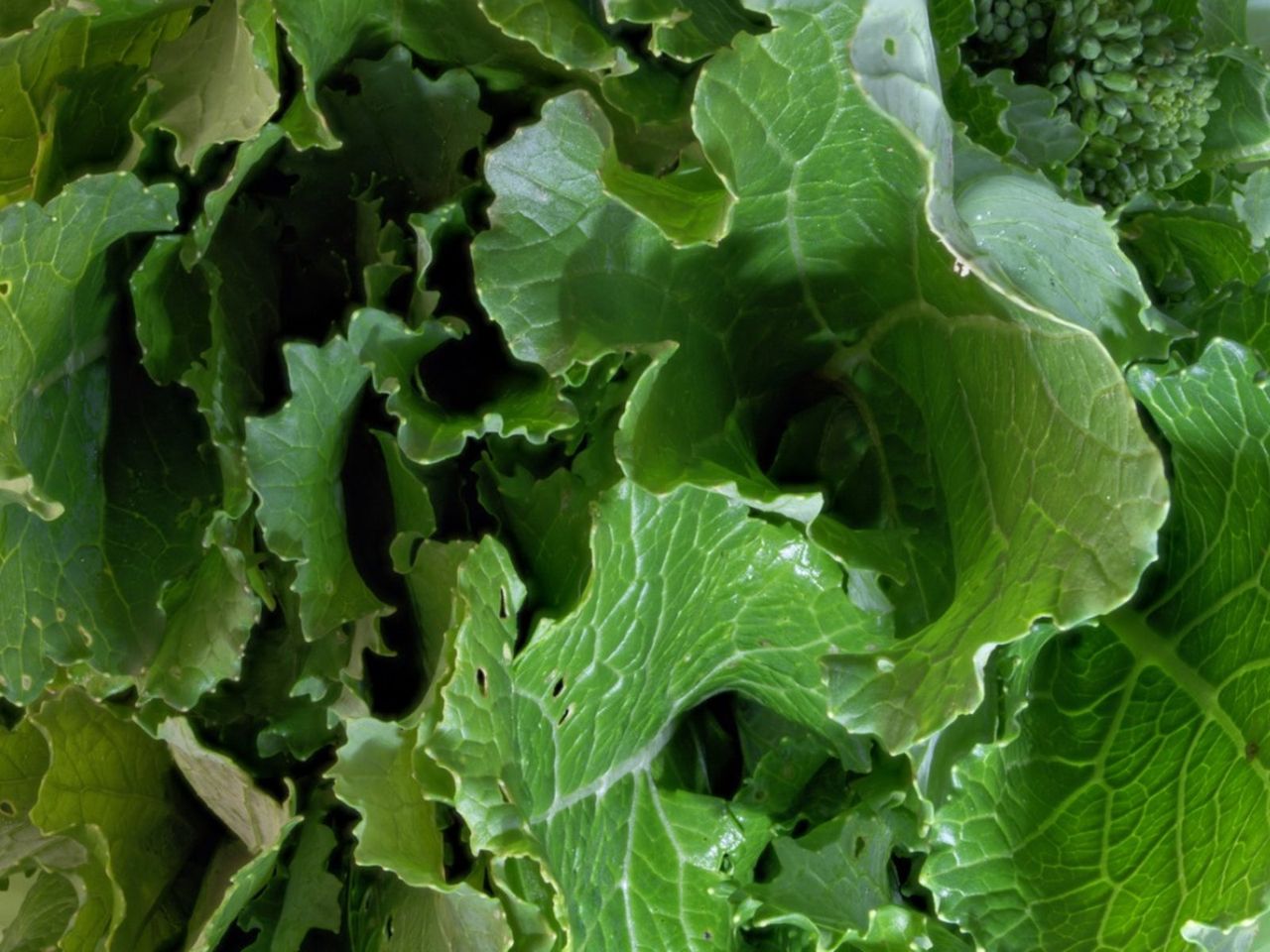

Turnips are members of the Brassica family, which are cool season vegetables. Plant seeds in spring or late summer when growing turnip greens. The bulbous roots of the plants are often eaten as a vegetable, but the greens provide a zesty cooked side dish. There are many health benefits of turnip greens and they provide a wallop of Vitamins C and A. Knowing when to pick turnip greens will ensure that you harness these nutrients at their peak.
Turnip Greens in the Garden
Turnips are eaten for the thick fleshy root or bulb that the plant produces. They have been in cultivation for over 4,000 years and may have been eaten by ancient Romans and early Greeks. The leaves and stems of the plant are packed with fiber and nutrients. Turnip greens are associated with southern cooking and are an important part of regional diets. The best time to pick turnip greens is when they are young and small for best flavor. Greens need to be washed well and cooked to soften the tough center rib.
Growing Turnip Greens
Turnips are biennial plants that require winter chill to produce flowers and seeds. As a root crop, the plants become bitter when left in the ground during hot periods. Greens can be grown at any time in spring or fall as long as the soil is warm enough for germination. The leaves are tastiest when harvested young. The method on how to harvest turnip greens is simple and you can continuously harvest the leaves as they appear. This will inhibit turnip bulb formation but ensure fresh tender leaves for your recipes. Turnip greens in the garden will need monitoring for leafhoppers, several types of larva, and cutworms.
How to Harvest Turnip Greens
Knowing how to harvest turnip greens isn't as important as when to pick turnip greens. Turnip greens have the best flavor when harvested in the morning. They should be used within a few hours. Use scissors or garden shears for “cut and come again” harvesting. Cut the leaves off near the ground starting on the outside. New leaflets will come in after a week or two. These will mature to a smaller size than the original batch but you will be able to get another harvest off the plant.
Health Benefits of Turnip Greens
Turnip greens are high in Vitamin A, which acts as an antioxidant. One cup of cooked turnip greens has about 1.15 milligrams of iron, important for the formation of red blood cells. Calcium is another nutrient found in large amounts in the greens. Magnesium, potassium, Vitamins C and K are contained in the plant and one cup has 5 grams of fiber. Avoid overcooking the greens as some of the nutrients will seep out and are thrown away with the cooking water. Wash your greens well to clear them of grit. Some cooks will remove the ribs but it is not necessary. Southern cooks make a broth or “pot-likker” to braise the leaves but you can stir fry them or even use them fresh in salads.
Gardening tips, videos, info and more delivered right to your inbox!
Sign up for the Gardening Know How newsletter today and receive a free copy of our e-book "How to Grow Delicious Tomatoes".

Bonnie Grant is a professional landscaper with a Certification in Urban Gardening. She has been gardening and writing for 15 years. A former professional chef, she has a passion for edible landscaping.
-
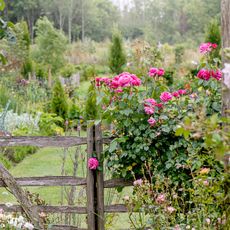 New Ways To Use Classic Garden Plants – For A Modern Landscape With A Touch Of Nostalgia
New Ways To Use Classic Garden Plants – For A Modern Landscape With A Touch Of NostalgiaThe 'Nostalgia Gardening' trend uses classic garden plants in new ways to add interest to your landscape and harken back to gardens of the past. Old is new again!
By Mary Ellen Ellis
-
 New England April Garden Checklist: What Flowers, Shrubs, Veggies & Herbs To Plant Now
New England April Garden Checklist: What Flowers, Shrubs, Veggies & Herbs To Plant NowLearn what crops and ornamentals to plant in April for a thriving garden in Connecticut, Maine, Massachusetts, New Hampshire, Rhode Island, or Vermont.
By Ellen Wells
-
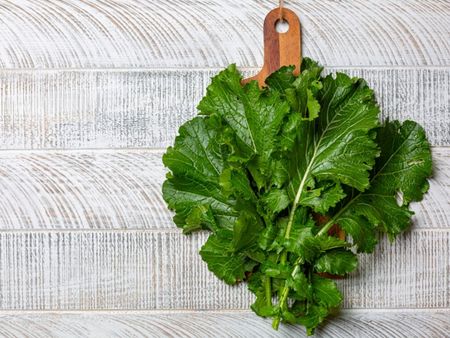 Tips For Cooking Turnip Greens From The Garden
Tips For Cooking Turnip Greens From The GardenTurnip greens are nutritious and tasty. Click to learn more about how to grow, prepare and store them.
By Amy Grant
-
 Growing Hakurei Turnips In The Home Garden
Growing Hakurei Turnips In The Home GardenRead about how to grow, harvest and prepare Japanese salad turnips.
By Bonnie L. Grant
-
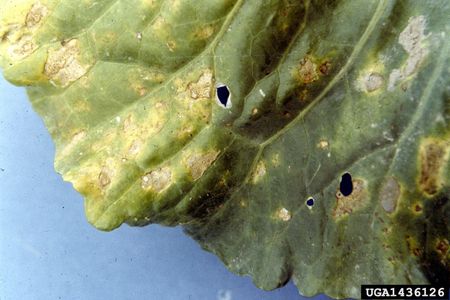 Turnip Downy Mildew Control – Treating Turnips With Downy Mildew
Turnip Downy Mildew Control – Treating Turnips With Downy MildewIf your garden includes turnips or other members of the brassica plant group, you should learn how to recognize downy mildew. Click on the following article for information about this fungal disease, including tips for treating turnip downy mildew.
By Teo Spengler
-
Turnip Bacterial Leaf Spot: Learn About Bacterial Leaf Spot Of Turnip Crops
Turnips with bacterial leaf spot will diminish plant health but will not usually kill it. There are several preventative techniques and treatments if spots on turnip foliage turn up. If you’re looking for more information, then this article will help.
By Bonnie L. Grant
-
What Is Turnip Black Rot – Learn About Black Rot Of Turnips
Black rot of turnips is a serious disease of not only turnips, but most other crucifer crops as well. What exactly is turnip black rot? Because the disease afflicts so many crops, it is important to learn about control. This article aims to help with that.
By Amy Grant
-
 Alternaria Leaf Spot Of Turnip – Treating Turnips With Alternaria Leaf Spot
Alternaria Leaf Spot Of Turnip – Treating Turnips With Alternaria Leaf SpotIf left untreated, alternaria leaf spot of turnips can cause a significant decrease in yield and loss of quality. Getting rid of alternaria leaf spot of turnip isn't always possible, but you can take steps to keep the disease in check. Click this article to learn more.
By Mary H. Dyer
-
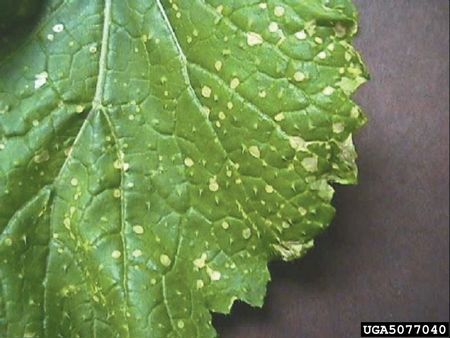 Turnip White Spot Info : What Causes White Spots On Turnip Leaves
Turnip White Spot Info : What Causes White Spots On Turnip LeavesIt is not uncommon to find white spots on turnip leaves. White spot of turnips causes economic damage where turnips are just grown for their greens. Learn how to prevent turnip white spot and save those healthy greens in this article.
By Bonnie L. Grant
-
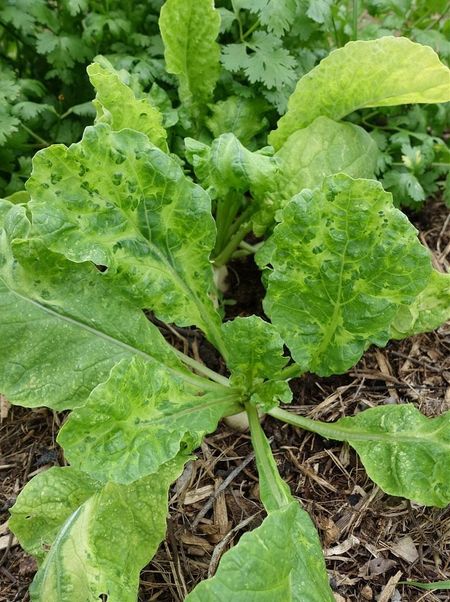 Turnip Mosaic Virus – Learn About Mosaic Virus Of Turnips
Turnip Mosaic Virus – Learn About Mosaic Virus Of TurnipsMosaic virus in turnips is considered to be one of the most widespread and detrimental virus infecting the crop. How is mosaic virus of turnip transmitted? What are the symptoms of turnips with mosaic virus and how can turnip mosaic virus be controlled? Find out here.
By Amy Grant